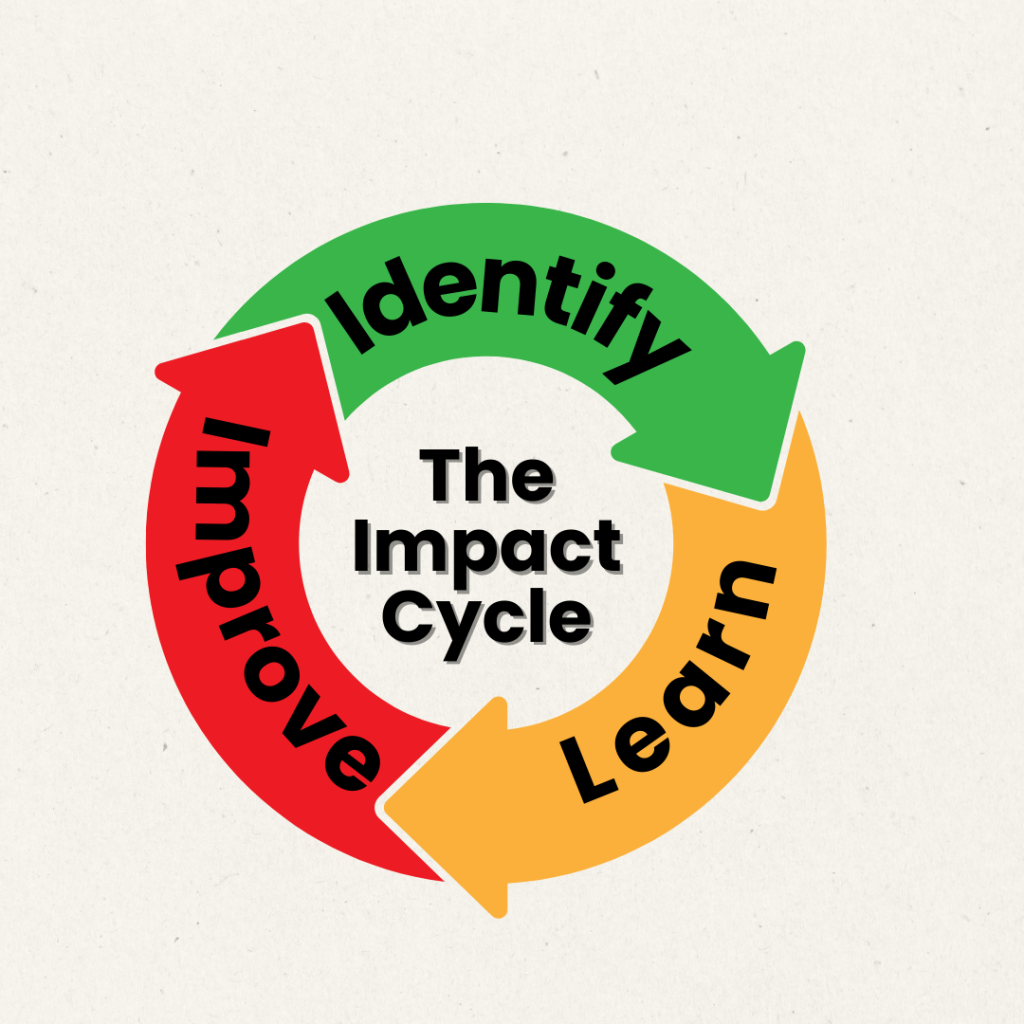Over the past two decades, I’ve participated in and facilitated hundreds of meetings — from internal team discussions and product roadmaps to national conferences and community events. Some sessions left everyone energized and aligned; others left people drained and confused.
The difference wasn’t in who attended, how long it lasted, or how fancy the presentation was.
The real difference was purpose — a clear, shared understanding of why we’re meeting and what we’re trying to achieve together.
Whether it’s a product review in a corporate setting or a volunteer meetup for Agile Pakistan, every well-facilitated session must be Purposeful, People-focused, and Progress-oriented.
Purposeful Sessions Begin with “Why”
A purposeful session doesn’t start with an agenda — it starts with a mission.
Before diving into tasks, the facilitator’s first responsibility is to make sure everyone understands the objective and how it connects to the bigger picture.
When people don’t know why they’re in a meeting, engagement drops, discussions derail, and outcomes blur.
But when the purpose is clear, alignment follows. Participants start to contribute not just to speak, but to solve.
Experience #1: From Chaos to Clarity (Agile Pakistan)
I vividly remember one of our early Agile Pakistan planning sessions — full of passionate volunteers, all brimming with ideas. The energy was great, but after 90 minutes, we hadn’t decided anything concrete. Everyone talked; nobody decided.
That day, I realized that energy without direction creates confusion.
In the next session, I began differently:
“Our purpose today is to finalize the conference theme and shortlist our top three venues. Once that’s done, we’ll end the meeting.”
That small statement completely changed the outcome.
Everyone stayed focused. The side discussions stopped. We reached decisions in under an hour.
That experience taught me a lifelong facilitation lesson: purpose sets the rhythm, and rhythm drives results.
Experience #2: Product Strategy Session in the Corporate World
Fast forward to my professional journey as Head of Engineering, where I often facilitate multi-department meetings across product, design, and operations teams.
In one such strategy session, the agenda was to “review the product roadmap.” But halfway through, I noticed the team debating technical details and sprint-level issues — far from strategic alignment.
So I paused and asked:
“Before we go further, can we clarify what success looks like for today’s session? Is it to validate our roadmap priorities or to discuss sprint bottlenecks?”
That question realigned the entire room.
We decided to focus purely on strategic priorities, and I scheduled a separate technical sync for the rest. What could have been another long, unproductive meeting turned into a focused, outcome-driven session where leadership left with clarity and confidence.
The same principle applied — purpose before process.
Experience #3: Cross-Functional Team Review
In another setting, I was facilitating a quarterly review involving engineering, QA, and client success teams. The discussion started well, but soon shifted into finger-pointing about missed deadlines.
Instead of letting emotions dominate, I redirected:
“Our purpose today is to identify systemic improvements — not individual faults. Let’s reframe our discussion: what one process tweak can reduce our delays by 20% next quarter?”
Once the purpose was reframed, the tone changed completely. The team shifted from defensive to solution-oriented. We ended the session not only with actions but also with renewed trust.
It reminded me once again: clarity of purpose converts conflict into collaboration.
How to Make Your Sessions Purposeful
Here are techniques I’ve refined over years of leading both professional and community sessions:
- Start with the end in mind: Ask yourself: What will success look like at the end of this meeting?
If you can’t define it, you’re not ready to facilitate it. - Make the purpose visible: Write it down — on the board, slide, or chat. Visibility keeps everyone anchored.
- Create shared understanding: Align expectations early: Does this purpose make sense to everyone here?
- Facilitate, don’t dominate: Guide conversations, don’t control them. Allow space for diverse views, but keep everyone tethered to the goal.
- Close with clarity: End every meeting with outcomes: What was achieved? What’s next? Who’s accountable?
Key Takeaways
- Purpose is the foundation of progress — Without it, meetings become motion without movement.
- Clarity creates focus — When everyone knows the “why,” discussions stay aligned and efficient.
- Alignment builds accountability — Shared goals lead to shared ownership.
- Facilitation is leadership — A facilitator doesn’t just manage time; they guide outcomes.
- Reflection sharpens impact — After each session, ask yourself: Did we achieve the purpose? If not, why?
Final Thoughts
Purposeful facilitation isn’t about rigid agendas or tight schedules — it’s about clarity, direction, and alignment.
I’ve seen this in action — from Agile Pakistan’s volunteer meetings to high-stakes product discussions in professional environments. The formula never changes: start with purpose, maintain focus, end with impact.
So next time you’re about to host a session — don’t just share the meeting link.
Share the purpose.
Because when people understand why they’re in the room, how they work together becomes effortless.

